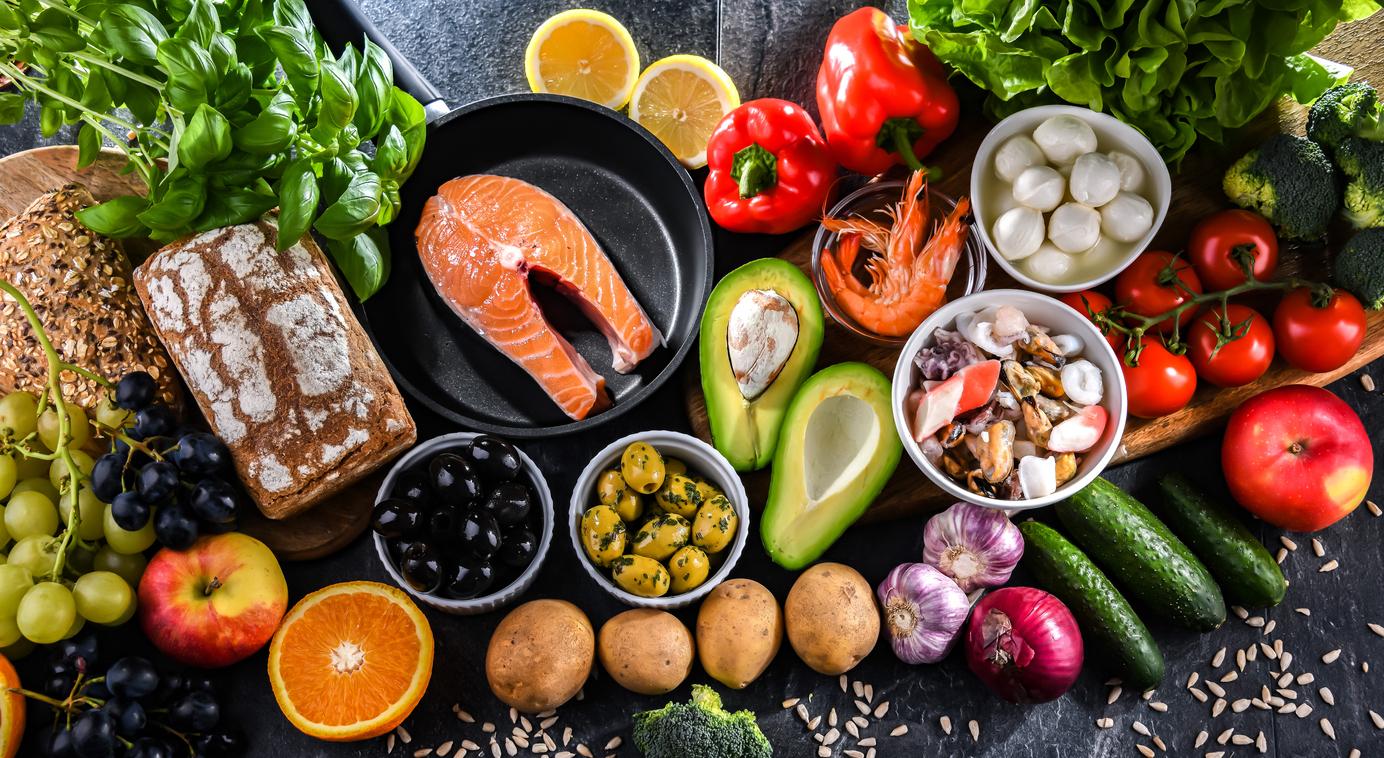The Nutri-score, we are starting to know it well. Officially adopted in France in 2017, this logo made up of 5 colors provides indications as to the nutritional qualities of food: thus, a product stamped “A” (dark green) will be healthier than a product marked “E” (orange dark), the lowest score on the scale. If, at present, the presence of the Nutri-score on the packaging remains optional, 350 companies have undertaken to display it on their products, in particular those sold in supermarkets.
A recent study conducted by researchers from Inserm, Inrae, Cnam and Sorbonne Paris Nord University, in collaboration with researchers from the International Agency for Research on Cancer (WHO/IARC) has just shown that the lowest Nutri-score foods were associated with increased mortality.
High nutri-score: beware, danger!
To reach this conclusion, the researchers studied medical data on 501,594 people in Europe, followed between 1992 and 2015. Verdict: participants who consumed on average more foods with high Nutri-score “reflecting a lower nutritional quality“showed increased mortality – including more cancers and diseases of the circulatory, respiratory and digestive systems.
Unsurprising results: in fact, the foods with the lowest Nutri-score are also those that contain the most calories, saturated fats, sugar and salt, which promotes the onset of chronic diseases (obesity, diabetes , cancer, high blood pressure, etc. that are dangerous in the long term. Why don’t we take a look at the Nutri-score the next time we go to the supermarket?
This work was published this Thursday, September 17, 2020 in the British Medical Journal (BMJ).
Read also :
Junk food in France: a report for the future
Too much sugar in children’s cereal!
Nutri trends: the game of 7 tribes

















